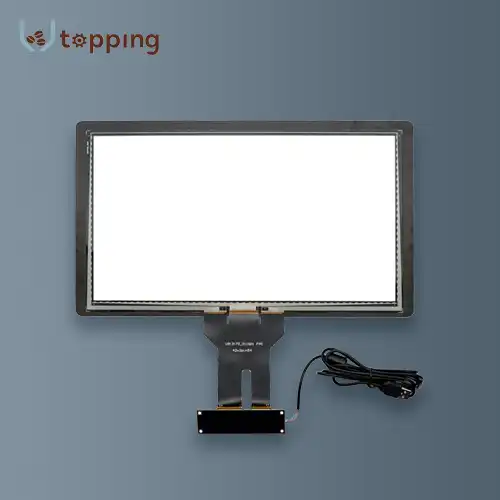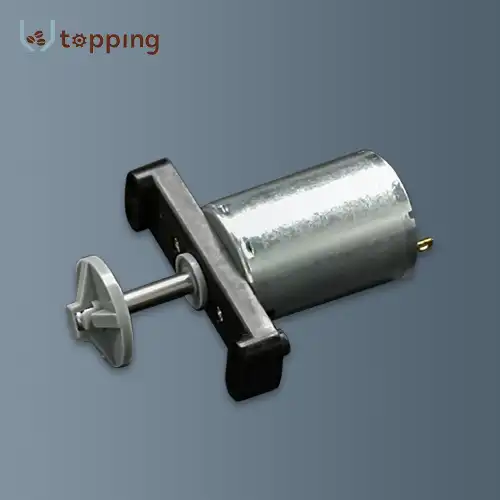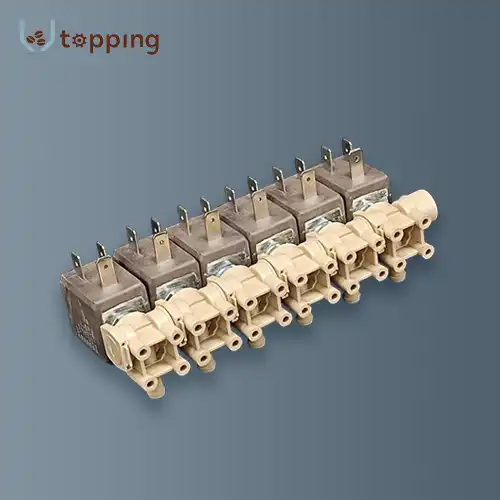How to Make Coffee in a Coffee Vending Machine?
2024-03-12 14:52:56
Coffee distributing machines have ended up a omnipresent locate in workplaces, schools, clinics, and open spaces, giving helpful get to to a speedy caffeine settle. In any case, have you ever pondered how these machines really work and what goes into making a not too bad container of coffee from a distributing machine? In this web journal post, we'll plunge into the world of coffee distributing machines and investigate the handle behind brewing a glass of joe on the go.
What are the Different Types of Coffee Vending Machines?
Before we dive into the workings of coffee distributing machines, it's fundamental to get it the distinctive sorts accessible in the market. Generally, coffee vending machines can be categorized into three main types:
1. Fresh Brew Machines: These machines use whole coffee beans or ground coffee to brew fresh coffee on demand. They typically incorporate a grinder, a brewing mechanism, and a water heating system.
2. Powdered or Fluid Concentrate Machines: These machines utilize pre-packaged coffee concentrates or powdered blends, which are at that point combined with hot water to deliver a container of coffee. They are generally more economical but may compromise on taste and freshness.
3. Cup-Based Machines: These machines use pre-packaged coffee pods or cups, which contain pre-measured amounts of ground coffee. The machine punctures the pod or cup and forces hot water through the coffee grounds to brew a fresh cup.
How Does a Coffee Vending Machine Work?
While the specifics may vary among different models and brands, most coffee vending machines follow a similar basic process:
1. Selection and Payment: The user selects their desired coffee beverage from the available options and inserts payment (cash or card).
2. Grinding (for fresh brew machines): If the machine uses whole coffee beans, it will grind the appropriate amount of beans using an integrated grinder.
3. Brewing: The machine combines the ground coffee (or pre-packaged concentrate/pod) with hot water in a brewing chamber. The hot water is warmed to the ideal temperature for extraction, ordinarily between 195°F and 205°F (90°C and 96°C).
4. Extraction: The hot water is forced through the coffee grounds, extracting the flavorful compounds and creating the brewed coffee.
5. Dispensing: The freshly brewed coffee is dispensed into a cup or container for the user to enjoy.
What Factors Affect the Quality of Coffee from a Vending Machine?
While coffee vending machines offer convenience, the quality of the coffee they produce can vary significantly. Several factors contribute to the taste and overall experience of vending machine coffee:
1. Coffee Bean Quality: The quality of the coffee beans used is arguably the most crucial factor. Fresh, high-quality beans roasted and ground correctly will yield a better-tasting cup of coffee.
2. Water Quality: The quality of the water used for brewing can significantly impact the flavor of the coffee. Hard water or water with a high mineral content can affect the extraction process and introduce undesirable flavors.
3. Maintenance and Cleanliness: Regular maintenance and cleaning of the vending machine components, such as the grinder, brew basket, and water lines, are essential to prevent the buildup of residue and ensure consistent quality.
4. Temperature Control: Maintaining the optimal water temperature during the brewing process is crucial for extracting the desired flavors from the coffee grounds. Improper temperature control can result in under-extracted or over-extracted coffee.
5. Cup Quality: The type of cup or container used to dispense the coffee can also influence the drinking experience. Certain materials may impart unwanted flavors or cause the coffee to cool down too quickly.
In conclusion, coffee vending machines have come a long way in providing a convenient and affordable way to enjoy a cup of coffee on the go. While the process may seem straightforward, several factors contribute to the quality of the final beverage. By understanding how these machines work and considering factors like coffee bean quality, water quality, and proper maintenance, consumers can make informed choices and enjoy a better coffee experience from vending machines.
References:
1. "How Coffee Vending Machines Work" - CoffeeCritic.com
2. "The Science Behind Coffee Vending Machines" - CoffeeGeek.com
3. "Coffee Vending Machine Buyer's Guide" - CoffeeReview.com
4. "Improving Coffee Quality from Vending Machines" - PerfectBrew.com
5. "The Role of Water Quality in Coffee Brewing" - NationalCoffeeAssociation.org
Send Inquiry
.webp)
.webp)
.webp)






